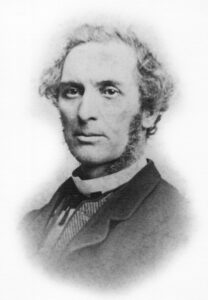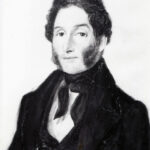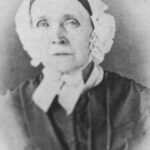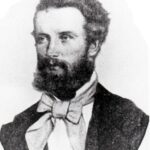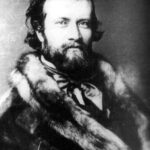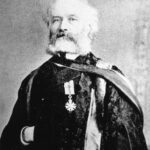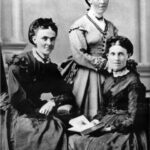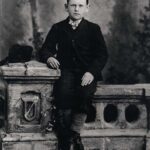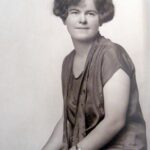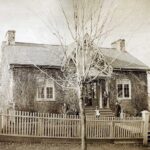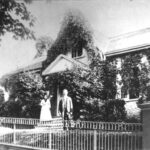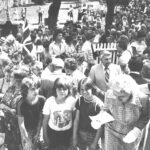Museum History
Born in the small town of Kirkcaldy, Scotland in 1797, John Hutchison would eventually become one of the earliest resident doctors in Peterborough County.
After graduating from the Universities of Glasgow and Edinburgh at the age of 20, Dr. John Hutchison left Scotland for North America. While he started in New York, he would eventually set up practice in Port Hope in 1818.
As settlers began to set up homes in the backwoods of Peterborough County, Dr. Hutchison would travel around, often on foot, to visit his patients. In 1830, as the town of Peterborough grew, Dr. Hutchison and his young family moved into Peterborough proper.
After 5 years of living in a one room home, Dr. Hutchison was thinking about taking his family and moving to Toronto. The community really liked the doctor and wanted him to stay. In order to bribe the doctor into staying in Peterborough, the community helped to build him a bigger home. The Hutchison family would move into their new home in February of 1837. The new limestone house was one of the first five stone homes to be built in Peterborough, and today it is known as Hutchison House Museum.
In 1845, the Hutchison family were joined by John’s young cousin, Sandford Fleming, newly arrived from Scotland to start a life in the Americas. Fleming would use the stone house as his home base for two years as he worked to carve a place for himself in Upper Canada. Sandford Fleming would go on to do many great things in Canadian history, including surveying the Canada Pacific Railway, as well as many others that connected the country, design Canada’s first postage stamp and develop and promote the idea of Standard Time, the latter of which saw him knighted by Queen Victoria in 1897.
Dr. Hutchison, his wife Martha and their 8 children lived in the stone house for 10 years until the doctor’s death in 1847 of typhus.
The house was sold to James Harvey, a local merchant and fellow Scotsman, in 1851. James Harvey was a successful business man operating a blacksmith shop and foundry behind his house on George and Murray Street, a plough factory on Reid Street and a cloth factory near McDonnel and Gilchrist Streets.
In 1866 James Harvey was ailing. His daughter Elizabeth, her husband Peter Connal and their children moved into the stone house to take care of Elizabeth’s father. It is around this time that a brick addition was built and the upper floor was turned into three rooms with a proper staircase.
Similarly, in 1903 James H. Connal, son of Peter and Elizabeth Connal, moved into the house with his wife Jeanette (Paterson) and their young family to care for an ailing Peter Connal.
In 1952 Jeanette died. Her daughter and son-in-law, Jeanette Connal Brown and Edward Brown, became the sole owners of the house by buying out the shares of Jeanette’s siblings.
After Edward Brown died in 1962, Jeanette would continue to reside in the house until her untimely death in a car accident in 1969. She had willed the house to the Peterborough Historical Society, which restored the original stone structure to its formative years and now operates it as a museum.

